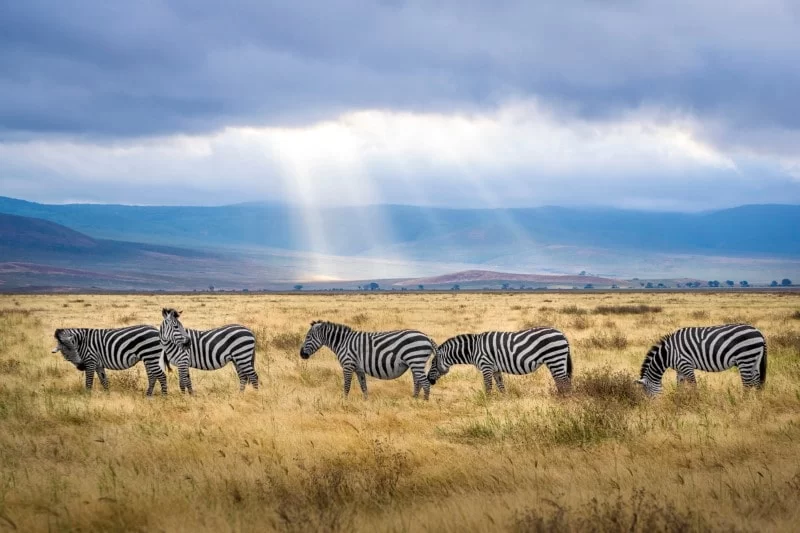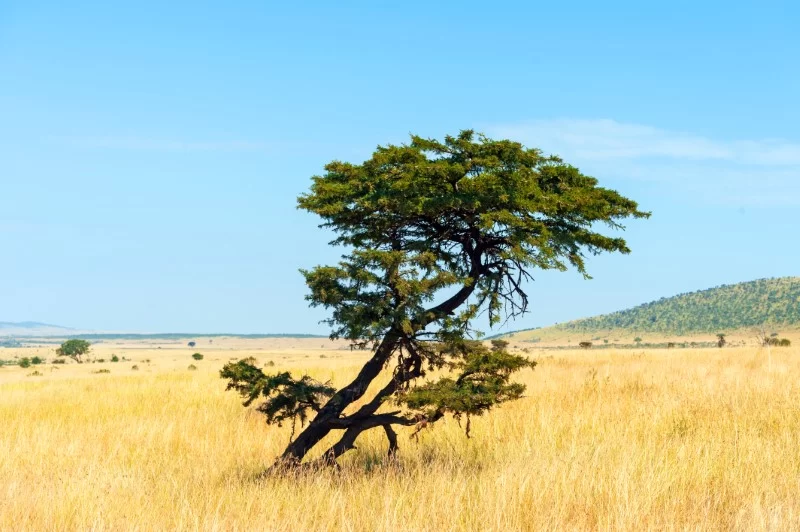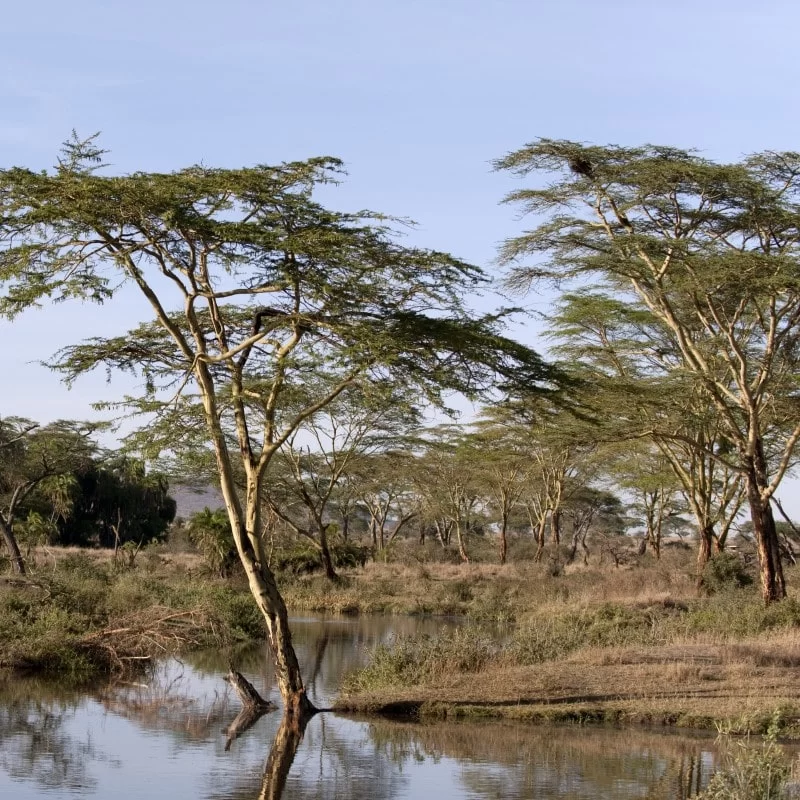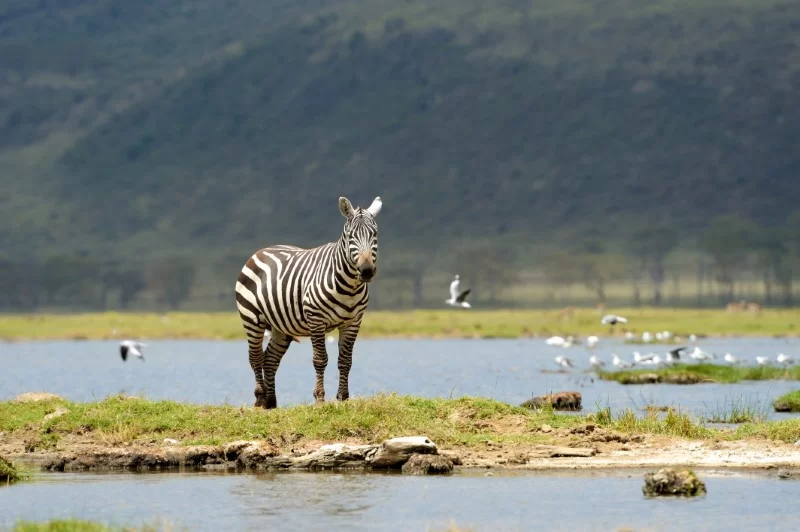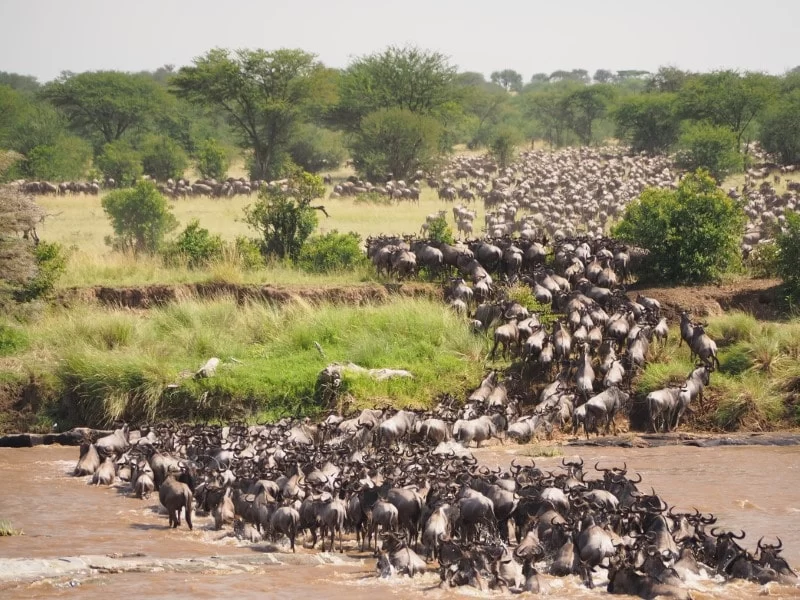There are an estimated two million wildebeest, as well as hundreds of thousands of Thompson’s gazelle, half a million zebra, tens of thousands of impala, Grant’s gazelle, eland, hartebeest, topi (tsessebe), and other antelope. They are hunted by the predators that make these plains famous.
With year round safaris, some of the game resides permanently in “home” areas, while others, including the zebras and wildebeest, take part in migration. Migration is an amazing sight that takes place in the remote and wild areas. If you plan your trip carefully, you may be able to witness migration, one of the greatest wildlife shows on earth.
The Serengeti National Park is the center of an entire ecosystem that includes the Ikorongo Game Reserve, Grumeti Reserve, Loliondo Controlled Area, a portion of the Ngorongoro Conservation Area, Maswa Game Reserve, and Kenya’s small Massai Mara Game Reserve. The entire area is referred to as the Greater Serengeti area, or the Serengeti Mara ecosystem.
